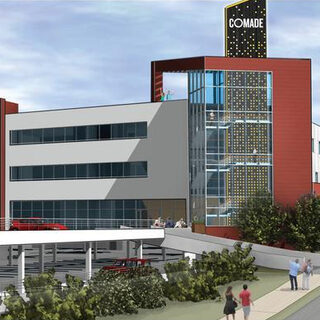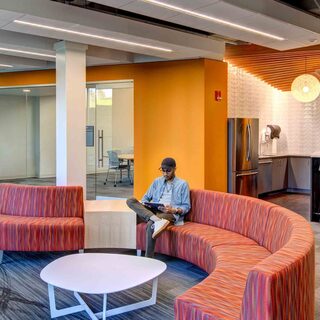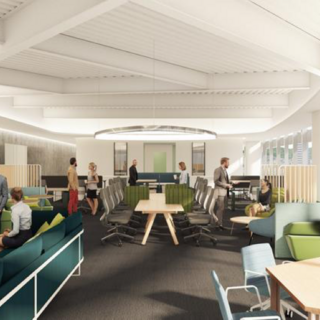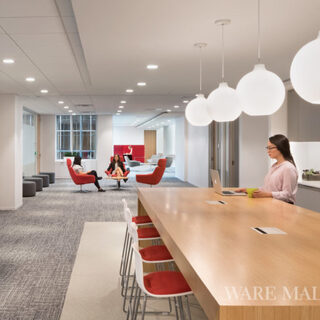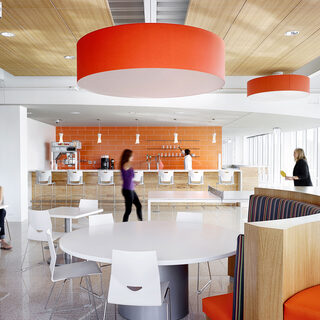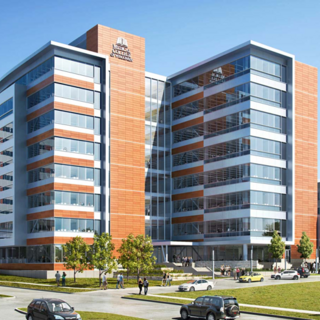University of Melbourne Begins Construction on Innovation Precinct
The University of Melbourne began construction in October of 2018 on Melbourne Connect, a AUD$425 million innovation precinct. Created in partnership with a development consortium steered by Lendlease, the 800,000-sf project will include a fabrication lab, student accommodation, commercial offices, a co-working center, retail amenities, and space for Science Gallery Melbourne. Designed by Woods Bagot, the mixed-use complex will comprise five buildings connected by a 35,000-sf superfloor and a central public outdoor garden.

